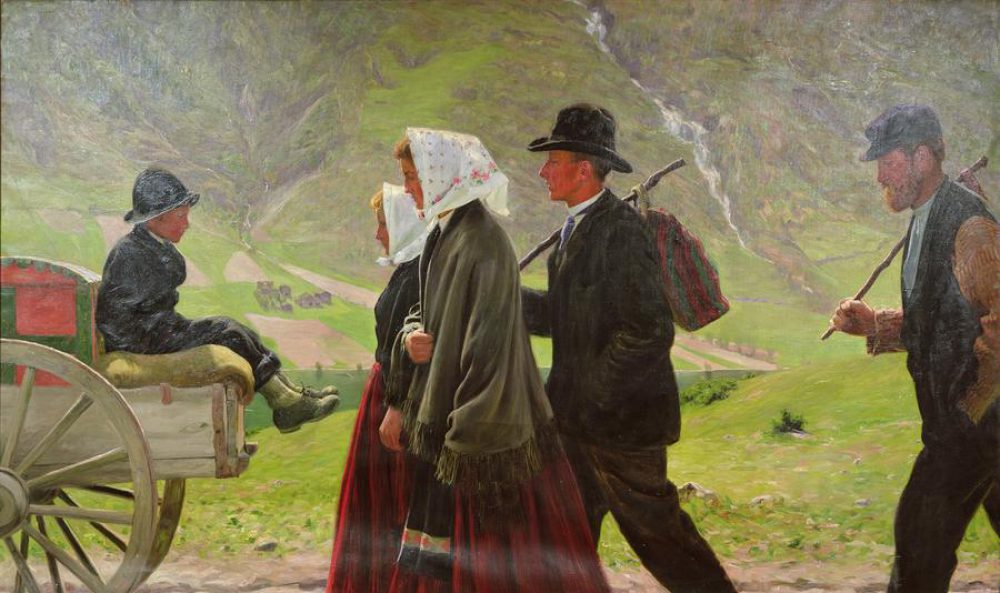We began the semester on Tuesday 3 October 2017 with a presentation given by Marenka Thomson-Odlum who is currently undertaking an AHRC funded collaborative PhD at the University of Glasgow and Glasgow City Museums. Marenka considered the career of John Glassford (1715-1783) and examined his links with the tobacco-producing Chesapeake. Glassford flourished at a time when approximately 40 to 50% of British tobacco imports were pouring into Glasgow. As the owner of 25 trading ships, Glassford was the archetypal Glasgow Tobacco Lord but much of his business in Virginia was conducted by Scottish agents, members of an extensive business network. Indeed, it is thought that Glassford never set foot in the American colonises. How, then, did Glassford imagine his links with the Chesapeake?

To explore ideas of representation, Marenka used a family portrait of the Glassford family, as the cornerstone of the presentation. The painting was painted by Archibald McLauchlan in the 1760s and shows the Glassford family at leisure in their home at Shawfield Mansion just off the Trongate in what is now Glassford Street. Marenka argued that the painting contains important clues as to the real nature of Glassford’s business empire as well as his social and familial status. Revealing details include a squirrel hidden beneath a chair, tropical fruit, documents, reflections in a mirror and a backdrop of open parkland. The banknotes in Glassford’s hand are a pertinent reminder that he was the partner of two banks; the reflections above the heads of Glassford’s clearly flourishing daughters, depict the lofty town houses and sugar houses of Glasgow’s Trongate. An extended family was consolidated by three tactical marriages, each of which enabled Glassford to ascend the social scale. Marriage was a business proposition. The portrait reflects a family and its wealth. But perhaps most significant of all is the presence of a black man servant, not at first entirely obvious, who is standing immediately to the left of Glassford, possibly a trophy servant brought back from the plantations of Virginia. It is a reminder that in his business activities Glassford worked within a system dependent on slave labour.
The Chesapeake clearly represented a place of opportunity and wealth for Glassford, but the reality for the young Scots who managed his Virginian stores was somewhat different. As Marenka pointed out, the position of Glassford’s factors was transient and uncertain. Life in the Chesapeake might conceivably lead to partnership and property in Scotland, but the majority returned home with little money or were left to seek their fortunes in other colonies. Glassford rarely paid his factors more than a yearly salary of £ 100 and since wages were relatively low, they were generally unable to strike out on their own. Work was long and conditions poor. Glassford was an exacting employer.
Marenka’s excellent presentation generated a lively discussion.
Review by Alastair Learmont

Pingback: Glassford’s Virginia: Imagining the Scottish Diaspora in the Eighteenth-Century Chesapeake Bay | Alastair Learmont